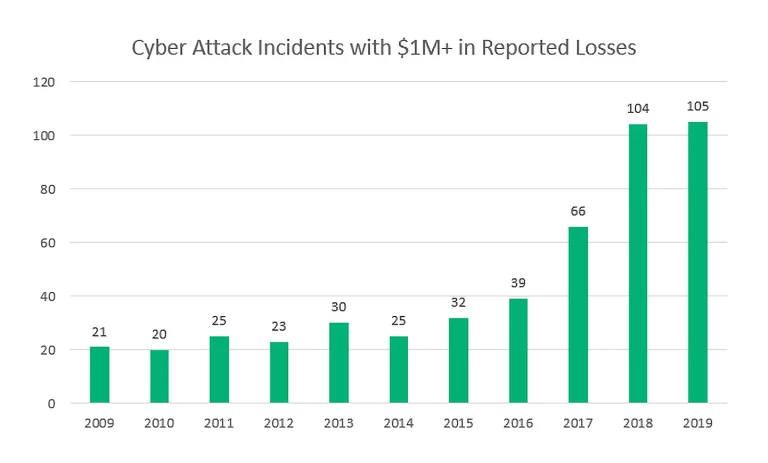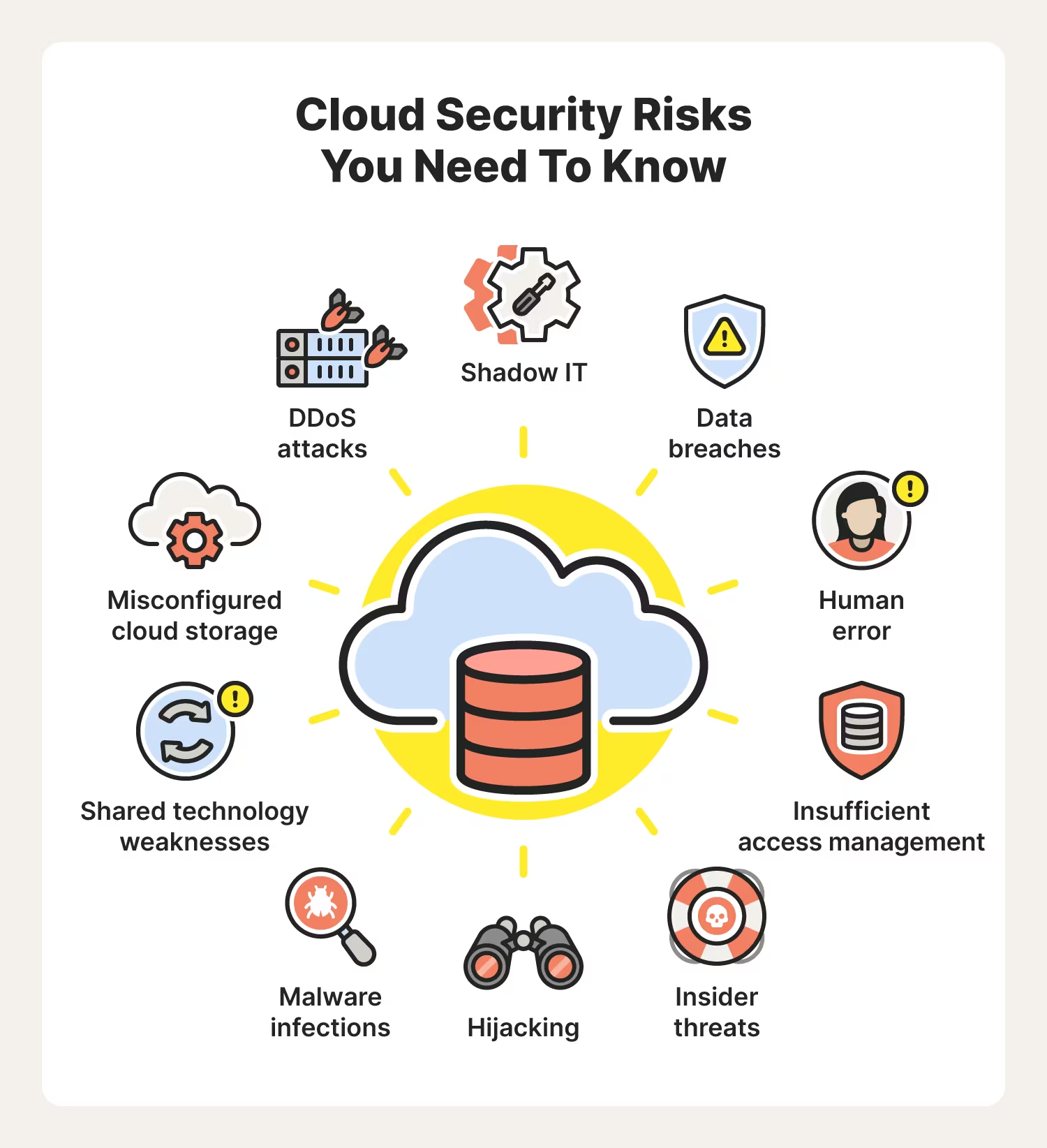IT and the Supply Chain in 2022
The relationship between IT and the supply chain is an interesting and complex one. The system of organizations, people, activities, information, and resources involved in supplying a product or service to a customer depends heavily on the work and expertise of IT teams. The trends of this relationship also change year by year.
In 2022, you can certainly expect more change. In this article, we are going to delve into some of the most popular predictions for how aspects of IT will affect the supply chain, which is relevant for businesses and customers equally.
Increased Automation
The supply chain is experiencing a labor gap. However, warehouse managers and leaders are continuing to invest in automation technology, which is being paired with artificial intelligence (AI) to complete IT tasks like analyzing workflows. By implementing automation for more strategic and complex initiatives, these technologies can allow businesses to address the issue of staff shortages.
It is not expected that automation and AI will replace human workers; rather, they will complement their work in warehousing, trucking, and other industries involved in the supply chain. The market of warehouse automation software and systems is set to increase in size in 2022, reaching a valuation of $47.4bn by 2023, 6.4% higher than pre-pandemic forecasts.
A Greater Emphasis on Security
2022 will see more emphasis placed on cybersecurity, which is definitely justified. After all, in 2021, businesses saw a 10% increase in the average cost of a data breach, as well as a record-high number of data compromises. For example, threat actors launched 2.9 million DDoS attacks in the first quarter of 2021, a 31% increase from the same time in 2020. The increased threat from cybercriminals, as well as their newly evolved tactics, can all work to undermine the integrity of the supply chain.
The explosion of data and data-driven organizations has created many more areas of vulnerability. This interconnectedness means supply chain partners can inadvertently expose each other and their customers to threats like privacy breaches and identity theft. As many organizations now work in a hybrid environment, cybersecurity remains a top priority.
Historically, it was only larger enterprises that were the target of cybercrimes; however, we saw many smaller enterprises targeted in 2021. A key lesson from the past year is that many legacy ways of protecting sensitive data are no longer sufficient to maintain secure operations, especially when workplace environments are remote or hybrid.
16% of companies worldwide are now fully remote, which means they will rely on software like cloud-based platforms to carry out their operations. If such software, relied upon in the supply chain, becomes compromised, it can spell disaster, impacting profits and reputation. This is why, in 2022, cybersecurity won’t just be an afterthought for organizations; it will come first in every business strategy and initiative. More organizations will choose to invest in firewalls, advanced anti-hacking technologies, and employee training.
Increased Spending on Supply Chain Technology
Research shows that nearly half of supply chain leaders increased their spending on technologies such as predictive analytics and AI during the pandemic. Such spending will likely continue to increase in 2022, given that these solutions improve operational efficiency. You can also expect to see big advances in big data and algorithms, which organizations will want to invest in, as these solutions can further help to improve data-driven decision making, predictability, and profitability.
In recent years, many enterprises have also implemented cloud-based enterprise resource planning (ERP) software, as this offers a more secure and reliable way to oversee supply chain operations. Moreover, mobile support for ERP solutions is pervasive, especially since many organizations are now operating in a remote or hybrid environment. The supply chain will become even more efficient when there is an ability to access critical data in real time and from any location. In 2022, you can also expect the cloud to increasingly become a common tool for smaller businesses in the supply chain, just as it is for larger enterprises.
In addition, successfully digitizing supply chains in 2022 will require large-scale sensor implementation via the internet of things (IoT).
How to Enhance the Role of IT in the Supply Chain in 2022
In 2022, the supply chain will face many, diverse challenges, ranging from how to anticipate supply shortages to how to maintain customer loyalty. Some key trends that will impact global supply chains this year include:
- Logistics disruption
- Production delays
- Over-reliance on a limited number of third parties
- Labor market shortages
However, while organizations can’t prepare for every possible supply chain disruption, they can still bolster their cybersecurity and equip employees with the right technology, ensuring that the risk of major disruptions is minimized. Initiatives that will assist businesses in 2022 in this regard include:
- Prioritizing cybersecurity, applying security principles to everything you do from the technology you use to your remote work protocols.
- Research and invest in the highest quality and most up-to-date supply chain technologies.
- Implement cloud-based solutions to enhance operational efficiency and monitor supply chain performance.
- Manage delays and staff shortages by using innovative technologies like predictive analytics.
As we can see, IT is becoming an even more important area of concern for organizations operating in the supply chain. One weak component in the chain can spell trouble for others, be they other supply chain partners or customers. This is why all businesses involved need to prioritize their cybersecurity strategy.
Cyberlocke is a comprehensive, full-service IT services provider that architects and implements efficient and secure solutions for enterprise customers and their data centers. We specialize in security, cloud, managed services, and infrastructure consulting. Contact Us today to learn more.


